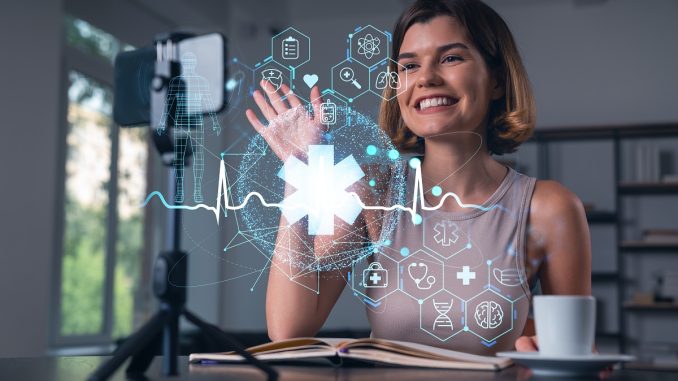
Introduction:
The face of education is being changed by rapid technological progress. As the future approaches, innovative educational technologies and trends are shaping what students learn, how teachers teach It is also changing livelihoods for institutions in a big way. In this article, we’ll look at major technologies and trends that are driving its direction which may well redefine tomorrow’s schools entirely.
Personalized Learning Platforms:
One of the greatest changes to education is the rise of personalized learning platforms. These platforms use data analysis, artificial intelligence (AI), and machine learning algorithms to make educational content fit individual student experiences. With interpretation of learning patterns, preferences and performance metrics, personalized learning platforms can provide tailor-made lessons or dictations which adapt to students. This individualized teaching method promotes active learning, improves outcomes for students and caters to a range of styles in education.
Virtual and Augmented Reality (VR/AR):
Virtual reality (VR) and augmented reality (AR) technologies change the way students interact with content and immerse themselves in learning. VR and AR simulations provide a realistic environment for understanding complex concepts, conducting virtual experiments and making interactive stories. From simulations of visits to the virtual substitution of 3D video thus allowing lifelike experiences – these immersive technologies improve student comprehension, critical thinking and creativity. VR/AR also makes interactive learning possible: students from any country can take part in a joint lesson and understand the customs of other peoples.
Gamification and Game-Based Learning:
Gamification and game-based learning strategies are turning traditional classrooms into a hive of fun and activities. By incorporating into games elements such as challenge setting, rewards, tracking progress between exercises, or even competition settings thereof, educators can encourage students to work hard and retain what they learn remarkably well. Educational games and simulations provide hands-on learning experiences, promote problem-solving skills , and give feedback so that people can see how much they actually benefited from each learning unit in their studies.
Artificial Intelligence (AI) in Education:
Many aspects of education, from personalized learning to administrative tasks, are being changed under the influence of artificial intelligence. AI-driven chatbots and virtual assistants can provide immediate assistance to students, answer queries, and offer guidance on their coursework. By analyzing massive amounts of educational data, machine learning algorithms find patterns, predict student performance, and suggest personalized pathways of study. AI-based assessment tools automate grading, provide feedback on student progress, and enable timely interventions to support those who are struggling.
Collaborative and Social Learning Platforms:
These interactive and social learning platforms are changing the very way in which students work together, communicate and exchange knowledge. Here, peer-to-peer exchange is facilitated, group projects and collaborative exercises are encouraged. Discussion forums, wikis, and real-time collaboration tools allow students to engage in active learning and share ideas as well as work together across distances. Social learning platforms also foster a sense of community and belonging that can heighten motivation and engagement.
Microlearning and Bite-Sized Content:
Microlearning, being a flexible method for learning that is suited to today’s hectic pace of life, has been making headway. It delivers material in small pieces or modules which learners can quickly take in. So it is perfect for mobile learning, just-in-time training, and ongoing skills development. By putting complex topics into bite-sized lessons, microlearning aids retention and reduces cognitive overload. It also fits into busy schedules.
Data Analytics and Learning Analytics:
Both data analytics and learning analytics play vitally important roles in the shaping of tomorrow’s education. Schools, colleges and universities use data analytics to track student progress, assess learning outcomes and find out where improvements are needed. Learning analytics tools take into account how students interact with digital content such as websites or learning systems, assess their level of engagement (participation), and give insights into learning behaviour. With the benefit of these data-driven insights, professionals in education can make calculated decisions about what works best for the learner, and thus deliver an enhanced experience for everyone involved.
Conclusion:
Coming ages learning is characterised by innovative technologies and trends transforming education. These include personalized learning platforms, virtual and augmented reality, gamification, artificial intelligence, collective – and now social – learning platforms and micro learning with data analytics not only revolutionising the educational landscape but also shaking it to its foundations. With these technologies and trends, educators have the power to build dynamic, engaging and effectual learning experiences for diverse learner needs. Outcomes can be rest those students ready with sufficient grounding in preparation for a rapidly evolving society.
Leave a Reply